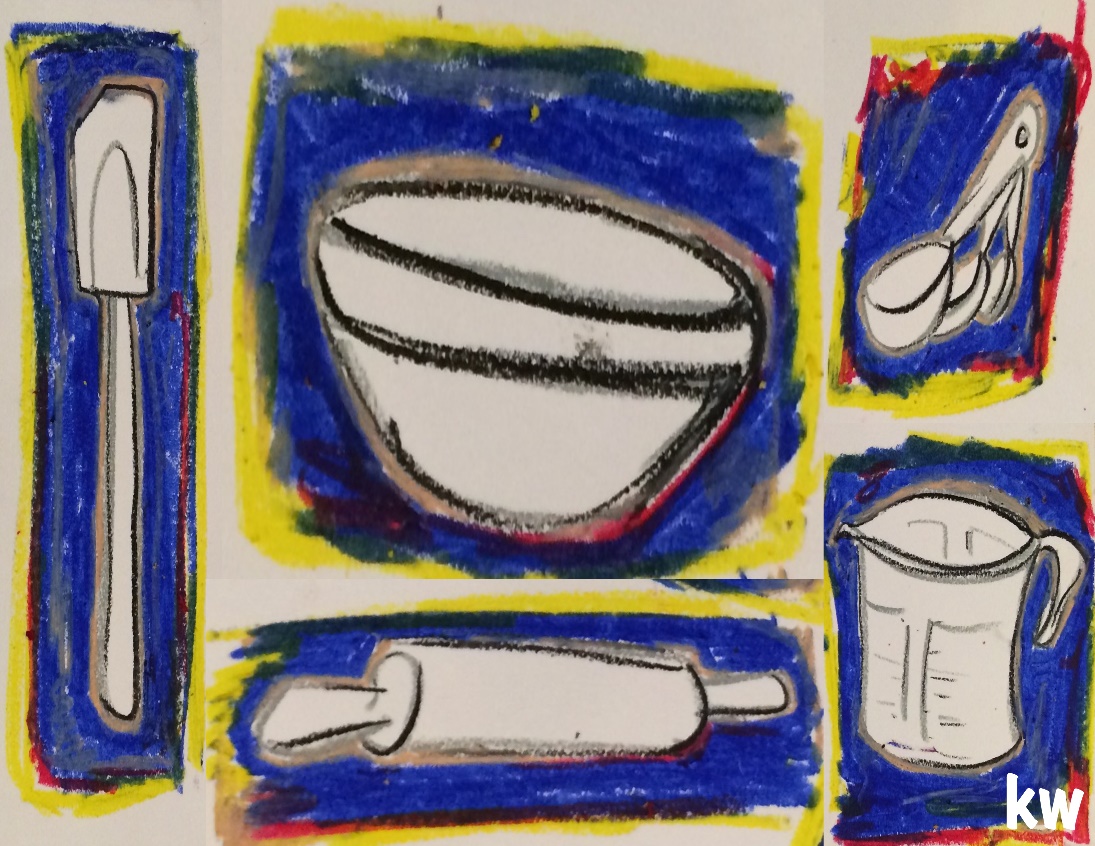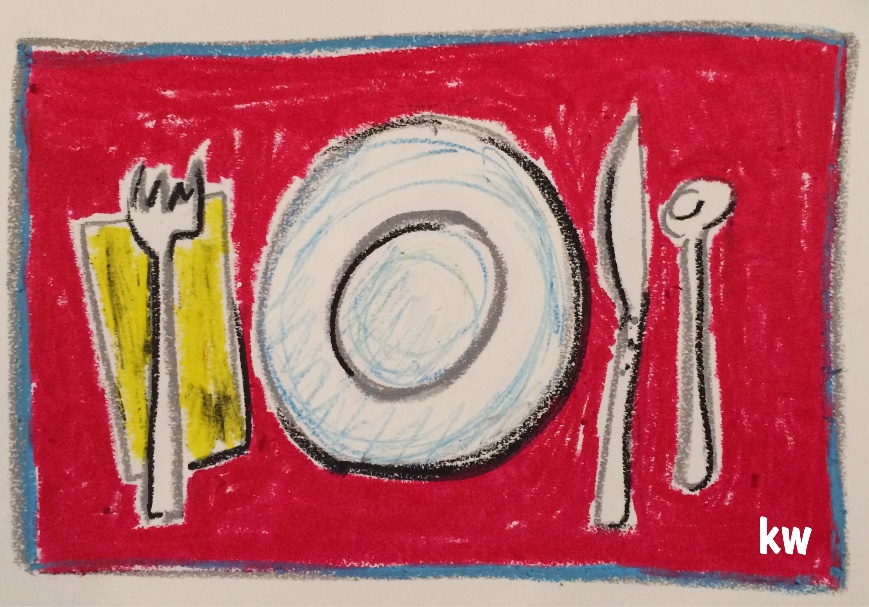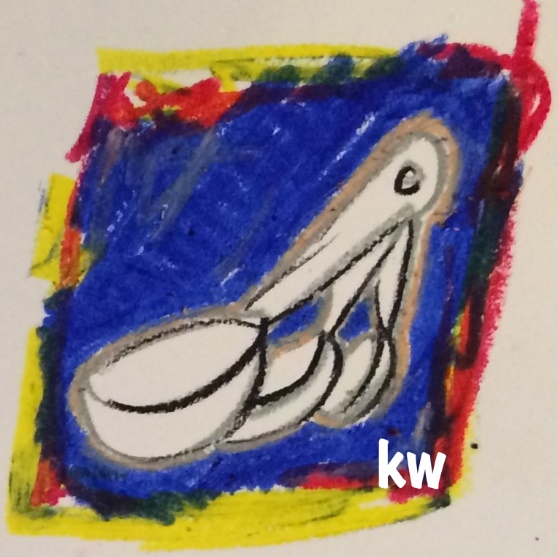Caring for babies
Those of you who are new parents will agree wholeheartedly that caring for babies is a daunting task in any season. Baby care is a specialized subject which requires 100% commitment from parents. If you have a support system consisting of doting grandparents, adoring aunts, fawning friends, dependable paediatricians and even the neighbour ladies who will drop in to care for the baby, you are one of those lucky people who will breeze through the initial months of baby care.
What next moments
All parents face those moments of uncertainty when the baby just won’t stop crying. You have tried all known remedies. After spending yet another sleepless night nursing your baby, you make a resolve that you are going to be more careful in the future. Truth is no matter how hard the parents try, babies will fall sick. But one can take certain precautions during all seasons of the year to see that the instances of illness are infrequent and discomfort to the baby is minimal.
Common Winter Illnesses
Winter does bring some respite from the humid and sultry months, but it also brings its own set of challenges. As the baby’s immune system is still developing, they tend to be vulnerable to common cold and other winter illnesses like flu, viral fever, meningitis, pneumonia and bronchiolitis. Ear infections are very common in winter, and your baby can cry for hours without anyone being the wiser about what is causing your infant the discomfort.













